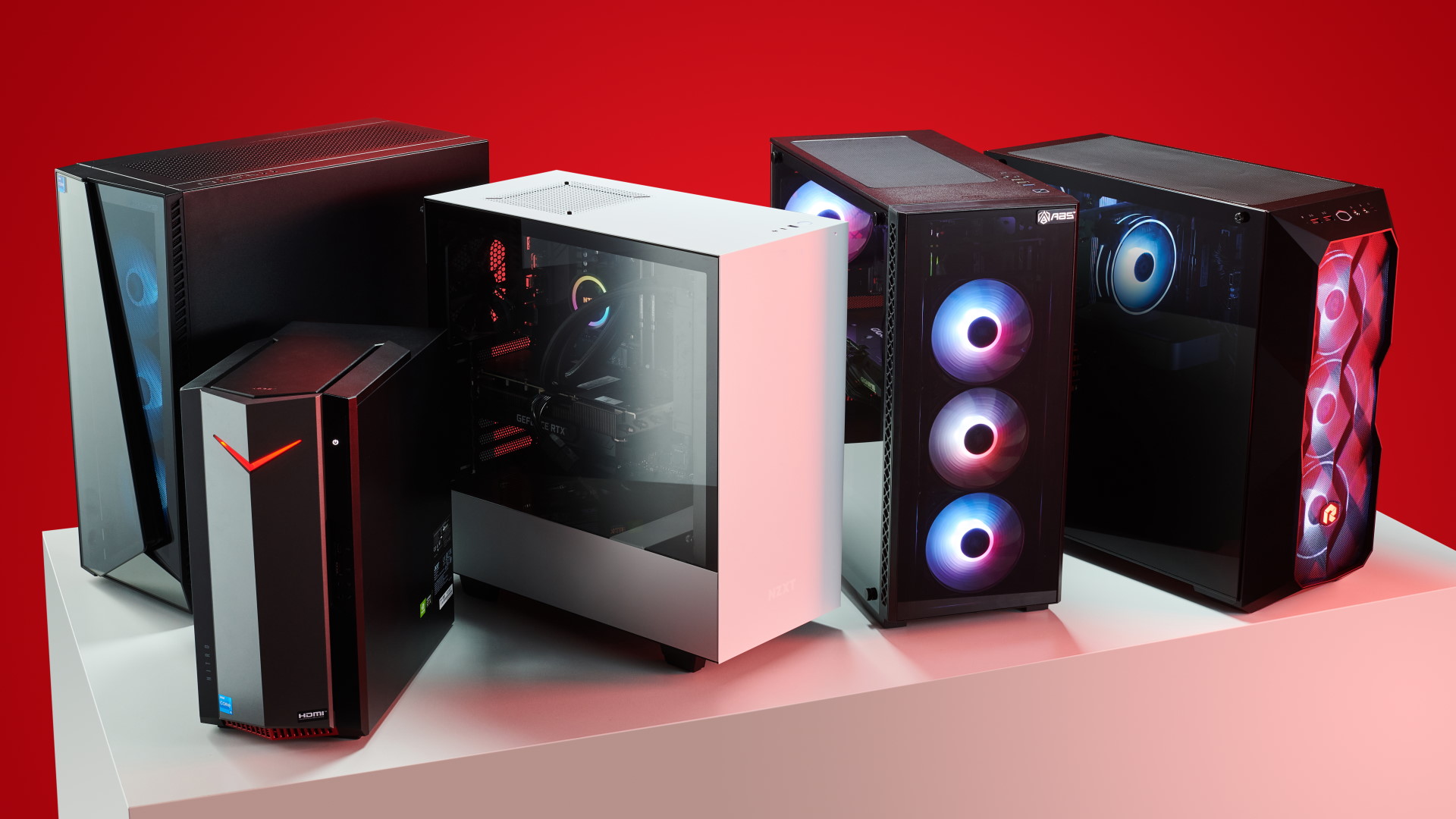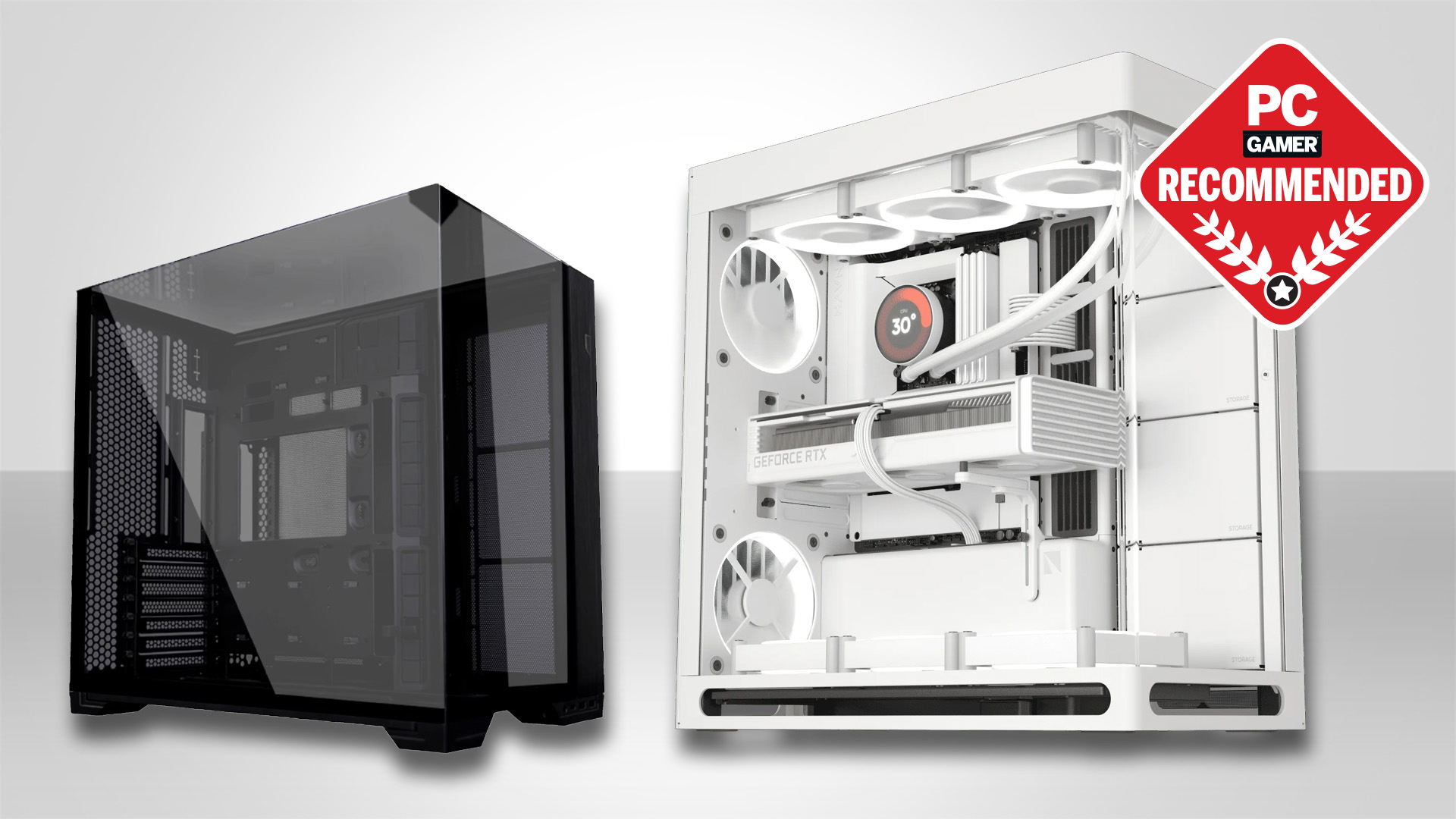Lunar Lake's speedy onboard memory is a one-off, Intel's AI GPU is a flop and other news from CEO Pat Gelsinger's latest chinwag with investors
But no news of Battlemage graphics at all.

We reported just the other day that AMD's AI GPU business has gone from zilch to about the same as its combined CPUs sales in less than a year. Well, the news from Intel isn't quite so good. It looks like the Gaudi 3 AI chip is a flop.
Speaking to the usual throng of implausibly-well remunerated bean counters on the latest earnings call with investors and analysts, CEO Pat Gelsinger said that Intel will not now meet its modest target of selling $500 million worth of Gaudi 3 GPUs in 2024.
To put that into context, AMD recently revealed that it sold over $1.5 billion of its MI300 AI chips in September, while Nvidia is likely to exceed that $500 million figure for Gaudi 3 by a factor of over 100 in 2024. In short, Gaudi 3 has made almost no impact.
Gelsinger also revealed that Intel's use of fully integrated memory for the impressive Lunar Lake laptop chip will very much be a one off.
"It really is a one-off with Lunar Lake," Gelsinger said of the chip's on-package memory. "That will not be the case with Panther Lake, Nova Lake and its successors as well. We'll build it in a more traditional way with memory off-package and the CPU, GPU, NPU and I/O capabilities in the package. But volume memory will be off-package in the road map going forward."

Gelsinger implied the main reason for that is cost. Intel makes worse margins building memory into CPUs than it does without. Gelsinger likewise let slip something that we'd suspected for a while. Lunar Lake wasn't really meant to be a major mobile model line and the full successor to Meteor Lake.
"Lunar Lake was initially designed to be a niche product that we wanted to achieve highest performance and great battery life capability, and then AI PC occurred. And with AI PC, it went from being a niche product to a pretty high-volume product," Gelsinger said.
Keep up to date with the most important stories and the best deals, as picked by the PC Gamer team.
As for other tidbits, Gelsinger confirmed that Intel plans to reduce the amount of TSMC silicon it uses in its CPUs over the next few product cycles. Speaking about Intel's next couple of new CPU architectures, Gelsinger said, "the majority of Panther Lake wafer capacity by a good margin is coming back inside for Intel. Nova Lake, we definitely have some SKUs that we're looking at continuing to leverage externally, but the large majority of Nova Lake and more of the additional tiles have come back in-house as well."

Best gaming PC: The top pre-built machines.
Best gaming laptop: Great devices for mobile gaming.
But notably, there was nary a mention of Intel's Battlemage gaming graphics. Supposedly the follow up to Intel's initial Arc gaming GPUs, Battlemage is something Intel has mentioned frequently and definitely exists. We had originally expected it earlier this year. But with Gelsinger studiously overlooking it again, it seems very unlikely that new graphics cards based on Battlemage technology will appear this year.
That's a pity, because it means Battlemage will have to take the fight to Nvidia's next-gen RTX 50 GPUs and AMD's RDNA 4, both of which are also expected early next year, rather than existing GPU generations. That's only going to make things tougher for Intel.
Indeed, instead of any mention of gaming graphics, Gelsinger doubled down on Intel's x86 CPUs. "We continue to focus on our core x86 franchise and the ecosystems we have developed over 40-plus years of investing, he said, adding that, "we are taking steps to supercharge and further unlock the value of our x86 franchise."

Jeremy has been writing about technology and PCs since the 90nm Netburst era (Google it!) and enjoys nothing more than a serious dissertation on the finer points of monitor input lag and overshoot followed by a forensic examination of advanced lithography. Or maybe he just likes machines that go “ping!” He also has a thing for tennis and cars.

